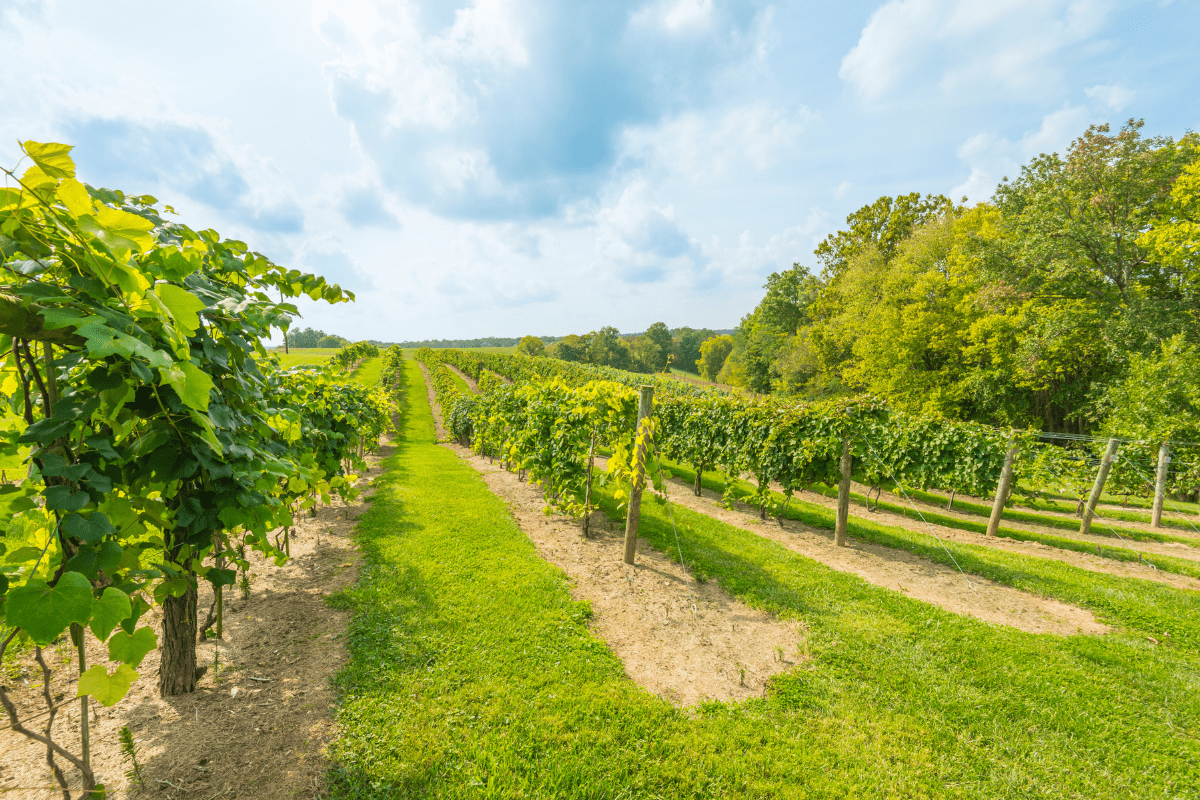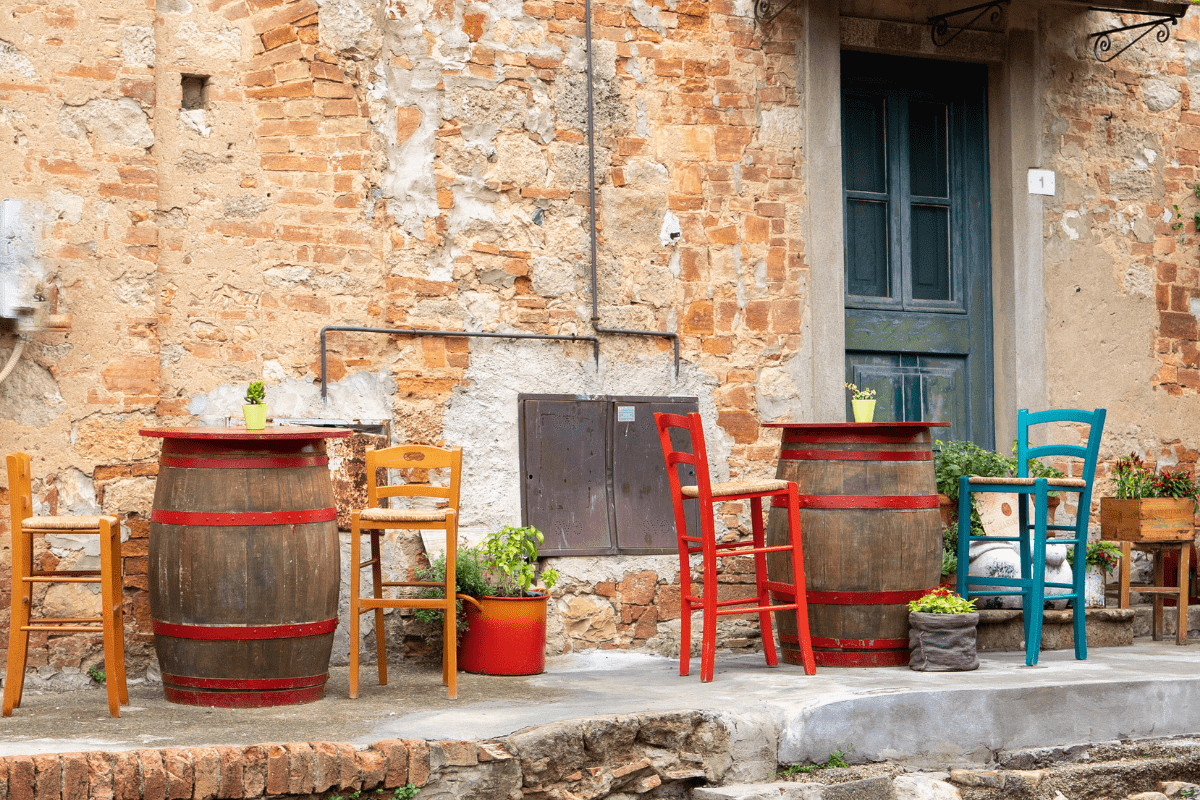Kentucky gardeners face a unique blend of challenges and opportunities that would make even seasoned growers scratch their heads. Between our unpredictable spring weather, clay soil that could double as pottery material, and summers so humid you could practically swim through the air, success requires more than just crossing your fingers and hoping for the best.
Essential timing and planting dates for Kentucky gardens
Let's start with the most crucial information that every Kentucky gardener needs tattooed on their forearm… or at least written on a calendar. Timing in our state isn't just important, it's everything.
The last spring frost dates vary dramatically across Kentucky. Louisville gardeners can typically breathe easy after April 19, while folks in Manchester need to wait until May 18. Eastern Kentucky plays by its own rules with frost dates ranging anywhere from April 1 to May 15, depending on which hollow you're gardening in.
Cool-season planting windows
Western Kentucky gardeners can start planting cool-season crops around March 15, while central regions should wait until March 25. Eastern Kentucky? Hold your horses until early April. These dates apply to tough customers like:
- Lettuce and spinach
- Peas and sugar snaps
- Broccoli and cabbage transplants
- Radishes and turnips
- Swiss chard and kale
The beauty of cool-season crops is their ability to laugh in the face of light frosts. In fact, many actually taste better after a cold snap… nature's way of rewarding patient gardeners.
Warm-season planting guidelines
Now for the heat lovers. Start your tomato and pepper seeds indoors about 6-8 weeks before your last frost date. This means late February for western Kentucky and mid-March for eastern regions. But here's the kicker: don't even think about transplanting them outside until after May 10 in central Kentucky, and only when the soil temperature hits a consistent 60°F.
Direct seeding beans, corn, and squash requires the same soil temperature patience. I've learned this the hard way after watching perfectly good seeds rot in cold, wet soil because I got overeager in April.
Fall gardening offers a second chance at redemption. Plant broccoli and cabbage transplants by August 1-15, direct seed lettuce and spinach by September 1, and get those garlic cloves in the ground around September 10 for next summer's harvest.
Understanding Kentucky's growing zones and climate
Kentucky's climate has been playing musical chairs lately, and understanding these changes can mean the difference between a bumper crop and a disappointing season.
Most of Kentucky falls in USDA Zone 6b with minimum temperatures between 0°F and 5°F. However, central and western areas have warmed into Zone 7a (5°F to 10°F minimums). Louisville officially made the jump from 6b to 7a, which means fig trees and certain camellias are now on the menu.
The growing season length varies from 180 days in our mountainous areas to a generous 220 days in western regions. This translates to western Kentucky gardeners planting 10-14 days earlier than their eastern counterparts… talk about location advantages.
Precipitation patterns that matter
Kentucky receives 42-52 inches of rainfall annually, but don't let that fool you into thinking irrigation is optional. The Bluegrass region gets about 42 inches while the Eastern Coal Field sees 60+ inches. Most rain falls between April and September, but it comes in feast-or-famine patterns that'll have you either building an ark or hauling water buckets.
Mastering Kentucky's challenging soils
Let's talk dirt… specifically, the kind that makes you question your life choices when you're trying to dig a hole in July.
Kentucky's official state soil, the Crider series, covers over 500,000 acres and provides excellent growing conditions with its deep, well-drained silt loam structure. Lucky you if you've got it. The rest of us are probably dealing with clay that could be fired into bricks.
Clay soil amendment strategies
Working with clay soil requires strategy and patience. The UK Extension recommends adding a 2-3 inch layer of compost or aged manure worked 6-8 inches deep. But timing is crucial… never, and I mean never, work clay soil when it's wet. You'll create concrete-like clods that'll haunt you for seasons.
Raised beds offer an immediate solution for drainage issues and warm up faster in spring. For long-term improvement, annual top-dressing with organic matter and planting deep-rooted natives gradually improves soil structure.
Soil testing through county extension offices costs just $8 and provides specific recommendations for lime and fertilizer needs. Test clay soils every 3-4 years and sandy soils every 2-3 years. Many Bluegrass region soils test alkaline (pH 7.0+) due to limestone bedrock, requiring sulfur amendments for acid-loving plants like blueberries.
Recommended varieties that thrive in Kentucky
Success in Kentucky gardening often comes down to variety selection. Choose wrong, and you'll spend the summer watching your plants struggle like a fish on dry land.
Heat-tolerant tomatoes for success
For tomatoes, disease-resistant varieties are non-negotiable in our humid climate:
- 'Celebrity' with VFNT resistance
- 'Mountain Fresh' for heat tolerance
- 'Cherokee Purple' heirloom champion
- 'Sungold' cherry (crack resistant)
- 'Mountain Magic' (another crack fighter)
Other vegetable winners
The UK Extension's vegetable guide recommends 'Red Knight' for reliable bell pepper production and 'Giant Marconi' for roasting. Don't overlook traditional Kentucky varieties like 'Kentucky Wonder' pole beans… there's a reason they've stuck around. For sweet corn, sh2 varieties like 'Honey Select' maintain quality in summer heat.
Summer flowers need to be tough as nails. Heat-tolerant annuals include Zinnia 'Zahara' varieties with built-in disease resistance, SunPatiens for sun and heat tolerance, and native purple coneflowers that laugh at humidity.
For fruit trees, choose fire blight-resistant apples like 'Enterprise' and 'Pristine'. Plant late-blooming peaches like 'Contender' to dodge our unpredictable spring frosts.
Managing Kentucky's pest and disease challenges
If gardening in Kentucky were easy, everyone would have prize-winning tomatoes. Instead, we battle an army of pests and diseases that view our gardens as all-you-can-eat buffets.
Japanese beetles emerge in June for a 6-week feeding frenzy on over 300 plant species. UK research confirms that hand-picking into soapy water remains the most effective control, especially in early morning when beetles move like they're hungover. Skip the beetle traps… they're basically party invitations that attract more beetles than they catch. For lawn grubs, apply preventive treatments before July 26 when eggs hatch.
Squash bug warfare
Squash bugs require early intervention before populations explode. Scout weekly for copper-colored egg masses on leaf undersides and scrape them off with a butter knife. It's oddly satisfying, like popping bubble wrap with a purpose. Resistant varieties include 'Butternut' and 'Royal Acorn' squash.
Fungal diseases thrive in our humidity levels that rival a steam room. Early blight and Septoria leaf spot attack tomatoes during frequent rainfall and heavy dews. Prevention beats treatment:
- Apply 2+ inches of mulch
- Avoid overhead watering (always)
- Maintain air circulation
- Apply copper fungicides preventively
Smart water management strategies
Kentucky's precipitation patterns require a flexible approach to water management, because Mother Nature clearly has a sense of humor about consistency.
During drought periods that can persist 4-6 weeks in summer, implement deep watering practices delivering 1+ inches weekly through drip irrigation or soaker hoses. Mulch heavily with 2-3 inches of organic matter to reduce evaporation. Kentucky bluegrass lawns naturally go dormant during drought and recover when rains return… no need to panic.
Rain garden solutions
For managing excessive rainfall, rain gardens offer elegant solutions. UK Extension recommends native plants that handle both wet and dry conditions:
- River birch (tough as nails)
- Buttonbush (pollinator magnet)
- Purple coneflower (drought champion)
- Blue flag iris (wet soil lover)
Design rain gardens with spillways for overflow during Kentucky's occasional deluges. French drains address persistent drainage issues in clay soils.
Rainwater harvesting is legal throughout Kentucky and provides chlorine-free water during dry spells. Plus, it's free water… your wallet will thank you.
Native plants for low-maintenance Kentucky gardens
Here's a secret: native plants make gardening feel like cheating. They're adapted to our climate, support 40 times more pollinators than non-natives, and require minimal fussing once established.
Top native perennials include purple coneflower (Echinacea purpurea), black-eyed Susan (Rudbeckia hirta), and butterfly milkweed (Asclepias tuberosa). These drought-tolerant champions attract beneficial insects while making you look like a gardening genius.
Native shrubs and trees provide multi-season interest. Wild hydrangea tolerates our clay soils, spicebush offers fragrant yellow flowers, Eastern redbud provides spectacular spring blooms, and flowering dogwood… well, it's gorgeous and birds love it.
Source native plants from specialized nurseries like Dropseed Nursery in Goshen or Iron Weed Nursery in Columbia, which offer local genotype plants adapted to Kentucky conditions. The Kentucky Native Plant Society and Wild Ones chapters provide education and plant sales.
Season extension techniques for year-round growing
Why limit yourself to one growing season when you can stretch it like taffy?
High tunnels revolutionize Kentucky gardening by extending the growing season 6 weeks and elevating your growing zone from 6b to 8a. UK research shows temperature increases of 8-9°C minimum, allowing planting 3 weeks earlier and harvesting 3 weeks later. These unheated structures enable year-round production of cool-season crops.
Affordable alternatives
Cold frames and row covers offer budget-friendly options:
- Cold frames allow 4-6 weeks earlier planting
- Row covers provide 2-4°F frost protection
- Water-filled cloches protect individual plants
- Automatic vent openers prevent overheating
Succession planting maximizes production within Kentucky's growing season. Plant lettuce every 1-2 weeks for continuous harvest, beans every 2-3 weeks through July, and use early, mid, and late-season varieties to spread harvests.
Expert resources and ongoing support
Even experienced gardeners need backup, and Kentucky offers excellent resources for when things go sideways… which they will.
The UK Extension Services operates 120 county offices statewide. Dr. Richard Durham, Master Gardener Coordinator, emphasizes that "Master Gardeners provide reliable, research-based, unbiased information." Dr. Daniel Becker notes that "cultivar recommendations vary significantly between western and eastern Kentucky," highlighting the importance of local expertise.
The Master Gardener Program has trained over 1,100 volunteers who contribute 35,000+ annual hours. Their 325-page training manual, now available online, provides comprehensive Kentucky-specific guidance.
Additional resources include the SOW app for Kentucky gardeners, Warren County's excellent gardening calendars, and the Kentucky Hort News blog for timely updates.
Bringing it all together
Successful Kentucky gardening isn't about fighting our climate… it's about embracing the chaos and working with what we've got. Yes, our springs are unpredictable, our summers are swampy, and our clay soil could be used for pottery. But we also have long growing seasons, adequate rainfall (usually), and access to excellent local expertise.
Start with proper timing, select appropriate varieties, manage your soil and water wisely, and don't be afraid to experiment. Connect with your county extension office, join local gardening groups, and remember that even experienced gardeners kill plants sometimes. The key is learning from each season and adapting your approach.
With the right knowledge and a healthy sense of humor about Mother Nature's mood swings, Kentucky gardeners can produce abundant harvests from spring through fall. Now get out there and grow something amazing… just wait until after your last frost date.





